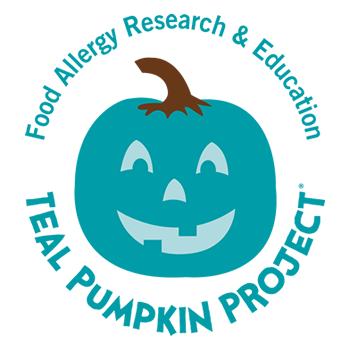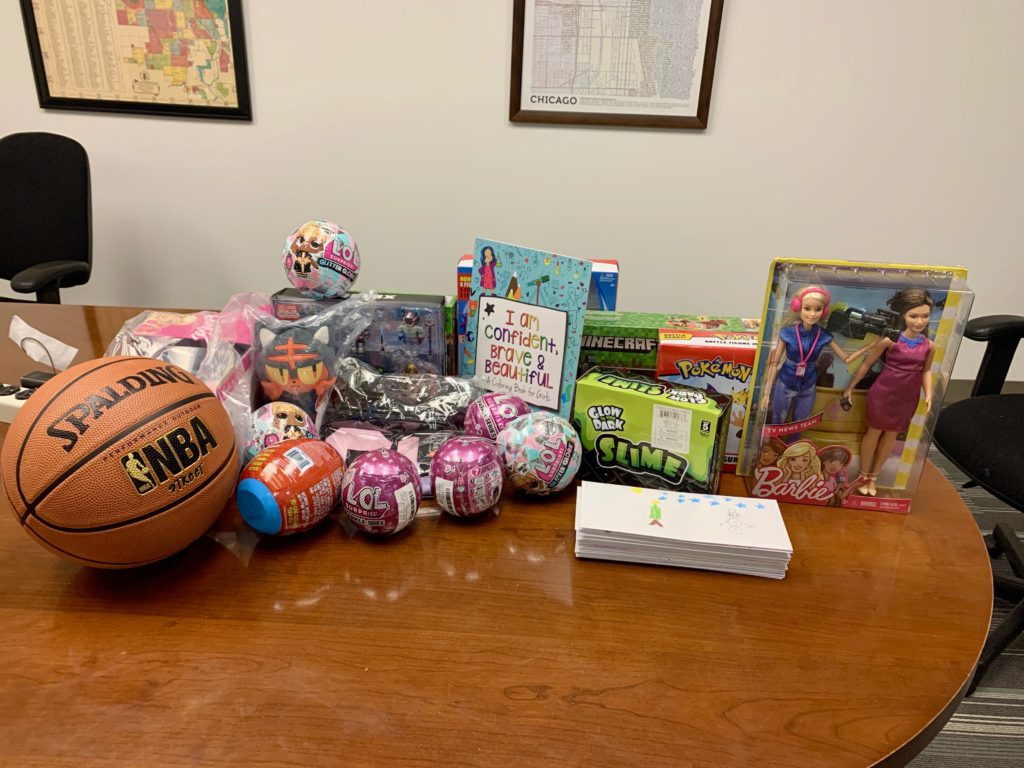
For many of us, Halloween is going to look very different this year. Given the rising COVID-19 numbers across the country, many towns are trying to balance trick-or-treating with safety measures. This can range from candy chutes for socially-distanced treat conveyance to trick-or-treat alternatives like virtual costume contests. But whatever option you and your family choose, please remember the Teal Pumpkin Project.
As the parent of a child with a severe peanut and tree nut allergy, this is a topic of great importance to me. Ken’s oldest son has a peanut and tree nut allergy as well, but as a college student, his trick-or-treating days are likely behind him. I’ve written about it in the past, but please consider easing the anxieties of children with food allergies by making them feel safe and welcome this Halloween. For starters, show them you recognize food allergies by displaying a teal pumpkin alongside your “regular” jack-o-lanterns. (To make it easier, consider painting a plastic pumpkin so you can reuse it each year.) The Teal Pumpkin Project site also has some excellent (and free) display ideas if you’re less artistically inclined.
If you are “accepting” ghost and goblins, think about handing out non-food items, or at least set aside some safe alternatives in a different container. Inexpensive options are readily available at party stores, craft stores, and dollar stores:
- Glow sticks, bracelets, or necklaces
- Pencils, pens, crayons or markers
- Bubbles
- Halloween erasers or pencil toppers
- Mini Slinkies
- Whistles, kazoos, or noisemakers
- Bouncy balls
- Finger puppets or novelty toys
- Coins
- Spider rings
- Vampire fangs
- Mini notepads
- Playing cards
- Bookmarks
- Stickers
- Stencils
No matter how you, your family, or your neighborhood choose to spend this Halloween, please do it safely and make sure those little monsters feel welcome!







